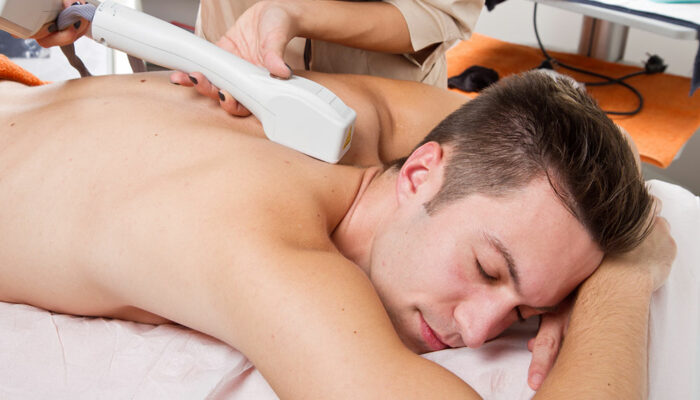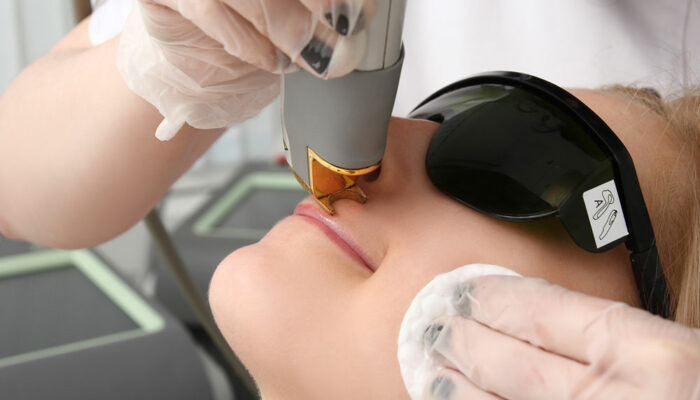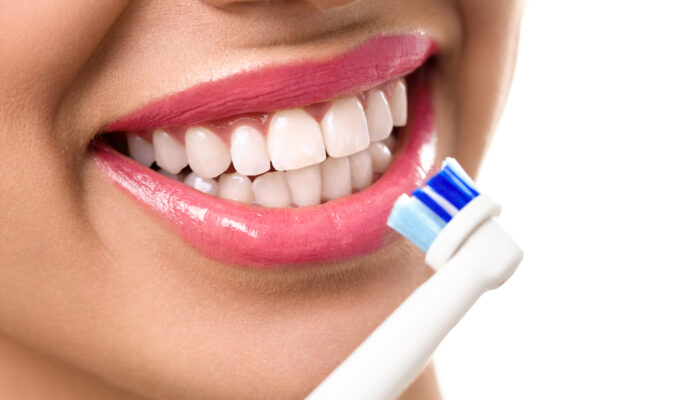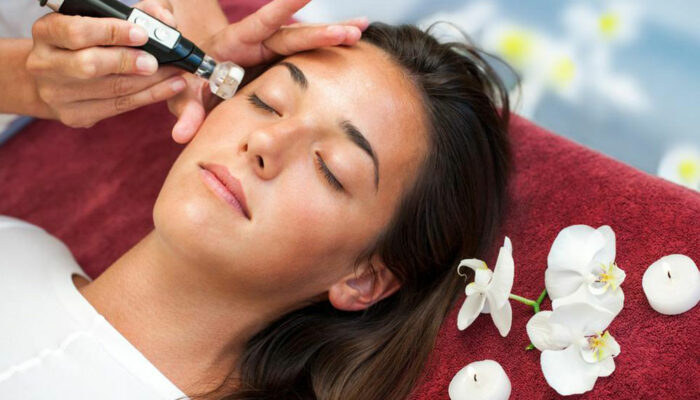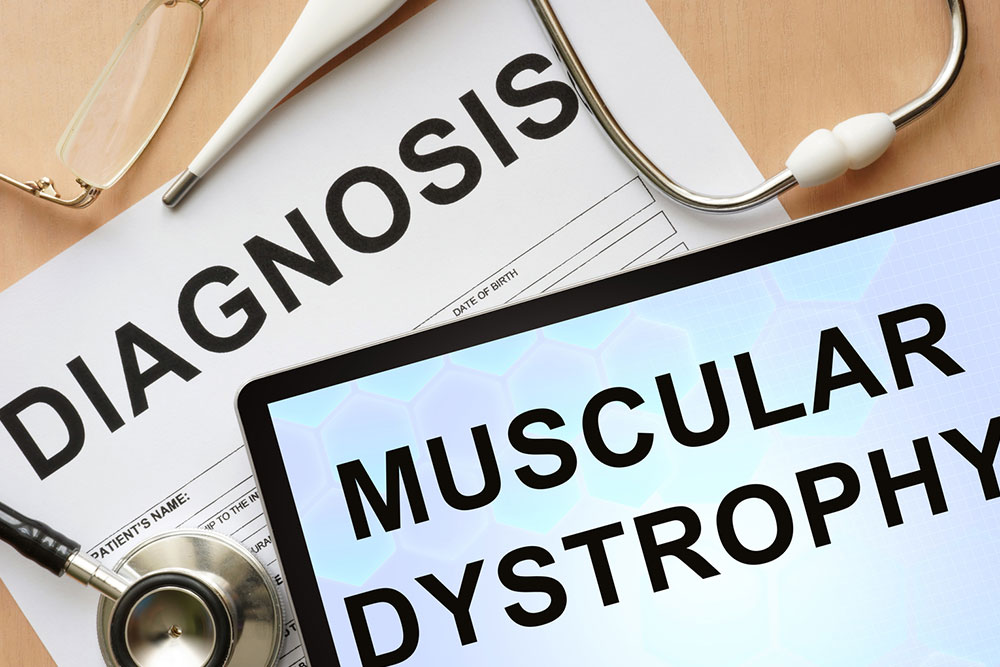
Types of Muscular Dystrophy
Muscular dystrophy, a group of genetic diseases, is characterized by the gradual muscle weakness and loss of muscle mass. Due to this condition, the mutation of genes could affect the production of proteins required to build healthy muscles. Though muscular dystrophy cannot be cured, different medications and therapy treatments can help control or manage the symptoms. Certain genes in the body are responsible for the production of proteins that help protect muscle fiber.
When these genes undergo mutation, it leads to muscular dystrophy. Different types of muscular dystrophy are caused owing to the gene mutation involved in that particular form. While many of these mutations can be inherited, some might occur voluntarily in a developing embryo and could then pass on to the other generations. Various therapies or assistive devices can be used for the treatment of muscular dystrophy. The different forms of muscular dystrophy are:
1. Duchenne muscular dystrophy (DMD)
This is the most common type of muscular dystrophy. While girls can be mildly affected by it, boys are more prone to this disorder. Almost one-third of the boys suffering from this health condition do not have a family history of this condition. This indicates that it might be caused by a spontaneous mutation of genes. Children generally start showing symptoms before they turn three years old and might get bound to a wheelchair by the time they turn 12 years old.
2. Becker muscular dystrophy
Its signs and symptoms are similar to the Duchenne variant, however, it is milder, and its progress is slower. The symptoms generally appear in one’s teen years, but the disorder might not occur until a person’s mid-20s or later. The treatments of muscular dystrophy include both different forms of medication as well as therapies.
3. Congenital muscular dystrophy (CMD)
This can affect both boys and girls and can be evident either at the time of birth or before they turn 2 years old. Some forms of this disorder can progress slowly and result in milder disabilities; whereas, other forms can advance rapidly, causing severe disabilities.
4. Facioscapulohumeral muscular dystrophy (FSHD)
This can occur at any age, however, teens are most commonly affected by it. Weaknesses are first noticed in the face and shoulders. This may further lead to one experiencing difficulty in closing their eyelids. Moreover, while raising the arms, their shoulder blades might stick out like wings.
5. Limb-girdle muscular dystrophies (LGMD)
This generally begins in childhood or teenage years. It initially affects the muscles at the shoulder and the hip area and, eventually, affects the other parts of the body as well. The affected people might experience problems raising the front portion of their foot. As a result, they may have to use canes or walkers to move about.
6. Myotonic dystrophy
This condition is most common in adults. Patients might be unable to relax their muscles after contracting them when affected by this health disorder.
7. Oculopharyngeal muscular dystrophy (OPMD)
This disease occurs in adults aged between 40 and 70 years. The face muscles, including those of the eyelids and throat, are affected in the beginning. This is followed by the muscles of the shoulder and pelvis.
